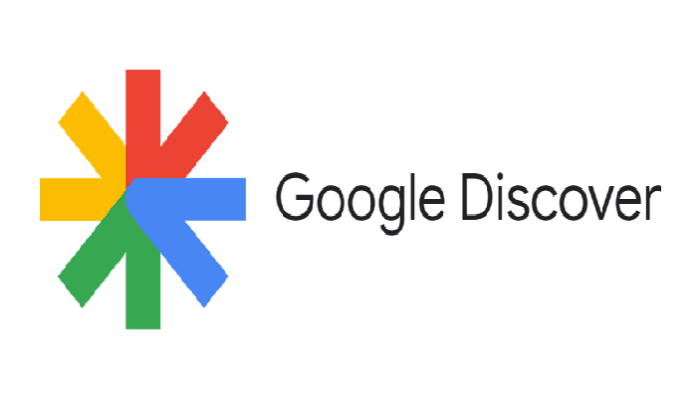
Table of Contents
Google Discover, the personalized content recommendation feature offered by the search giant, has undergone significant updates in recent times. These changes are designed to enhance user engagement and make the platform even more user-friendly. In this article, we’ll delve into the latest updates in the Google Discover algorithm and their impact on users and content creators.
Understanding Google Discover
Google Discover is a content recommendation tool that appears on the home screen of the Google app and within Google Search on mobile devices. It provides users with a stream of articles, news, videos, and other content tailored to their interests and search history. Users can explore a wide range of topics, from technology and sports to cooking and fashion, all in one place.
The Evolution of Google Discover
Google has continuously refined its Discover algorithm since its inception to offer users a more personalized and engaging experience. The latest updates in the algorithm build upon these previous enhancements and focus on three key areas: content diversity, user feedback, and visual appeal.
Content Diversity: Google Discover now places a stronger emphasis on diversifying the content it recommends. This means that users are more likely to see a broader range of topics and sources in their feed. This update aims to prevent users from being stuck in a content “filter bubble” and encourages exploration of new interests.
User Feedback: Google values user feedback highly, and it’s utilizing this feedback to improve Discover. Users can now provide feedback directly on the recommendations they receive. Whether it’s to express interest in a topic or to hide content they don’t want to see, these signals help Google fine-tune its recommendations to align more closely with user preferences.
Visual Appeal: The latest updates in the algorithm also focus on enhancing the visual appeal of Discover cards. Content creators and publishers now have greater control over the appearance of their cards, making it easier to create eye-catching, engaging content. This not only benefits users but also encourages content creators to produce high-quality material.
The Impact on Users
These updates have significant implications for Google Discover users:
- More Diverse Content: Users will encounter a wider variety of content that matches their interests, even those they might not have explored before.
- Improved Personalization: With user feedback playing a crucial role, Discover’s recommendations will become more fine-tuned to individual preferences over time.
- Enhanced Visual Experience: The improved card format ensures that the content is visually appealing and engaging, making users more likely to click through and consume the content.
- Greater User Control: Users now have more control over the content they see, allowing them to tailor their Discover feed even further.
The Impact on Content Creators
Content creators, publishers, and businesses will also feel the effects of these algorithm updates:
- Increased Visibility: With improved recommendations and enhanced visual appeal, high-quality content is more likely to reach a larger and more engaged audience.
- Opportunities for Diversity: As the algorithm promotes content diversity, creators can explore a broader range of topics and reach audiences outside their traditional niche.
- Feedback Loop: User feedback provides valuable insights for content creators, enabling them to refine their content strategy and better meet their audience’s needs.
Conclusion
Google Discover’s latest algorithm updates are aimed at creating a win-win situation for both users and content creators. Users can enjoy a more diverse and personalized content experience, while content creators have the opportunity to reach a broader and more engaged audience. As Google continues to refine its Discover algorithm, it remains a powerful tool for discovering and engaging with a wide range of content on the web.
Related Articles:
Facebook’s new feature reels!
New Encryption Features in Google Drive Offer Enhanced Data Protection

























